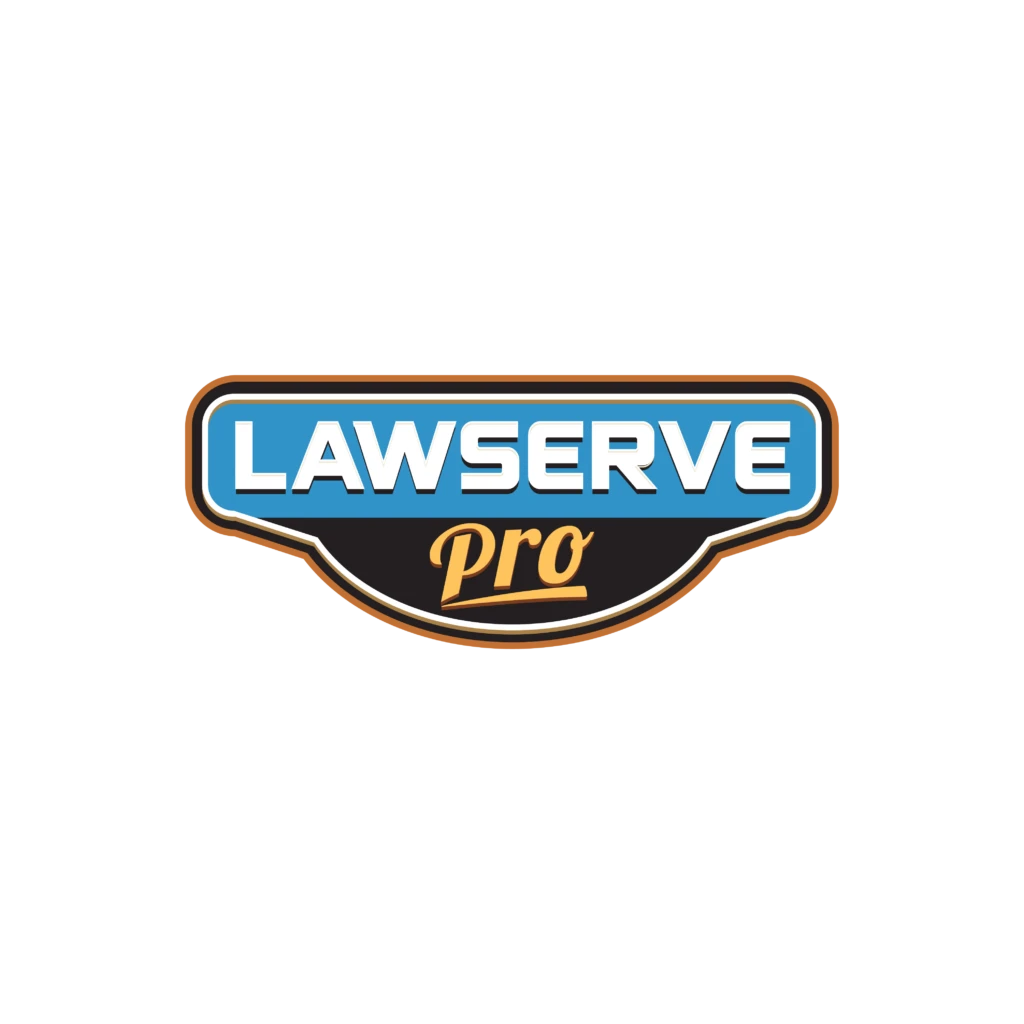4th Amendment Protection Against Unlawful Searches and Seizures
4th Amendment Protection Against Unlawful Searches and Seizures
4th Amendment Protection Against Unlawful Searches and Seizure
The 4th Amendment to the United States Constitution (part of the Bill of Rights) says: “The right of the people to be secure in their persons, houses, papers, and effects against unreasonable searches and seizures shall not be violated, and no Warrants shall issue, but upon probable cause, supported by Oath or affirmation, and particularly describing the place to be searched, and the persons of things to be seized.” The 4th amendment is often referred to as the search and seizure clause and protects citizens against unlawful searches and seizures of them and their property.
Introduced in 1789, what became the Fourth Amendment struck at the heart of a matter central to the early American colonists and their experience: “Every man’s house is his castle,” and that any citizen may fall into the category of the criminally accused and ought to afforded certain protections. In the U.S. Constitution, the Fourth Amendment is the foundation of criminal law jurisprudence, articulating both the rights of accused and the responsibilities of law enforcement–who act on behalf of the government. The balance between these two counters – the rights of the people and the responsibility of the government officials – has undergone significant public, political and judicial debate.
The protections afforded to citizens in the language of the amendment are determined not on expanding the language of the constitutional amendment, but on interpretation of the amendment by the Courts; most specifically the U.S. Supreme Court.
Questions of search and seizures have assumed major importance in the United States, for the drafters of the Constitution provided that the citizens should be protected against unreasonable searches and seizures and that warrants should not be used except upon a finding of probable cause. Since the drafting of the Constitution, significant judicial attention has focused on what actually constitutes an unreasonable search and seizure.
U.S. Courts, both state and federal, are required to exclude from criminal proceedings any evidence obtained in violation of the Fourth Amendment, which previously has been applied in only federal courts and only in about half of the states. The requirement to exclude unlawfully obtained evidence in all state courts was decided in 1961 by the Supreme Court in the ruling of Mapp v. Ohio. The case originated in Cleveland, Ohio when police officers forced their way into Dollree Mapp’s house without a proper search warrant. Police believed that Mapp was harboring a suspected bomber and demanded entry. No suspect was found, but police discovered a truck of obscene pictures in Mapp’s basement and she was arrested for possession of the pictures and subsequently convicted in an Ohio Court. Mapp argued that her Fourth Amendment rights had been violated by the search and eventually took her case to the Supreme Court. At the time of the case, unlawfully seized evidence was banned from federal courts but not state courts. The U.S. The Supreme Court ruled in a 5-3 vote in favor of Mapp, ruling that evidence seized unlawfully, without a search warrant, could not be used in criminal proceedings in state court.
Another landmark Fourth Amendment case is the case of Terry v. Ohio, another case set in the city of Cleveland, Ohio. In 1963, while on a routine patrol through downtown Cleveland, a police detective with 39 years of police experience noticed three man acting suspiciously and pacing in front of a jewelry store. Concerned the men were “casing a job, a stick up” and were carrying weapons, the detective identified himself as a police officer and asked them their names. When the men only “mumbled” in return, the detective frisked them and found a pistol in John W. Terry’s overcoat pocket, and a revolver in Richard Chilton’s coat pocket. The third man, Katz was unarmed. The detective arrested Terry and Chilton, charged them with carrying concealed weapons, and they were eventually found guilty. Later known as the “stop and frisk” case, Terry v. Ohio represents a clash between the Fourth Amendment from intrusive conduct from the police, when no crime has been committed and the duty of an officer to investigate suspicious behavior and the presentation of crime. In 1968, the United States Supreme Court affirmed the conviction and set a precedent that allows police officers to interrogate and frisk suspicious individuals without probable cause for an arrest, provided that the officer can articulate a reasonable basis for the stop and frisk.
Another landmark case for the Fourth Amendment is the case is of Katz vs. United States, decided in 1967. The case established that the Fourth Amendment’s protection against unreasonable searches and seizures applied to private conversations, even when they take place in public spaces. The case began when Charles Katz used a public phone booth to place illegal gambling bets across state lines. The FBI, suspecting Katz of illegal activities, placed an electronic listening device outside the phone booth without obtaining a search warrant. The recordings were used to convict Katz of transmitting wagering information. In 1 7-1 decision written by Justice Potter Stewart, the Supreme Court ruled in favor of Katz; holding that the Fourth Amendment protects people, not places, and that Katz had a reasonable expectation of privacy in his phone conversations, even though he was in a public phone booth. The decision established that any form of electronic surveillance that violates a person’s reasonable expectation of privacy constitutes a search under the Fourth Amendment, requiring a warrant. Justice John Marshall Harlan’s II concurring opinion introduced the “reasonable expectation of privacy” test, which became a crucial standard in Fourth Amendment jurisprudence. This test considers whether a person has an actual (subjective) expectation of privacy and whether society is prepared to recognize that expectation as reasonable. Katz v. The United States significantly expanded the scope of the Fourth Amendment’s protections, extending them to include electronic surveillance, ensuring that such protections are conducted within constitutional limits. While the decision aimed to protect individuals’ privacy rights in an increasingly technological society, it also required law enforcement agencies to adapt their procedures to comply with constitutional standards.
AGGRESSIVE AND PROFESSIONAL NATIONWIDE PRIVATE PROCESS SERVERS
Here at LawServePro, it’s our number one priority to make your job easier. Whether you need legal documents served, a foreign subpoena domesticated, or court documents retrieved, our expert team of professionals are ready to help. Call today for a free quote!
Account
Connect
National Headquarters
8482 Fort Smallwood Road
Suite B-110
Pasadena, MD 21122
8482 Fort Smallwood Road
Suite B-110
Pasadena, MD 21122
© Copyright by LawServePro 2021 | Web Design by Exo Agency
No products in the cart.

